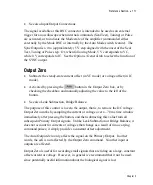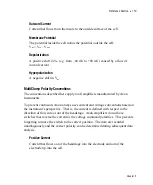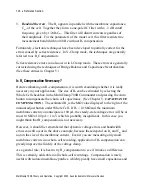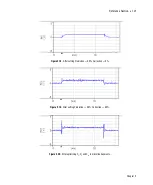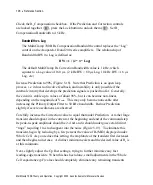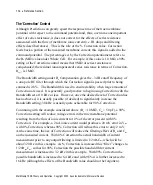
Reference Section
•
125
membrane currents. Indeed, the Whole Cell controls (which must be set before
using R
s
compensation) are disabled with the 5 and 50 G
Ω
feedback resistors
typically used for isolated patch recordings. An exception is macropatches or
nucleated outside-out patches, in which the currents can be quite large and for
which R
s
compensation may be necessary.
If R
s
compensation is found not to be necessary, it is best to turn it off. This is
because R
s
compensation increases noise.
Adjusting R
s
Compensation
It is recommended that you practice adjusting R
s
compensation with the
PATCH-1U model cell before using compensation in a real experiment. (See
Chapter 5,
MODEL CELL
.) Connect the CELL connector to the CV-7 headstage.
Set Primary Output to monitor Membrane Current Signal, and increase output Gain
to 10. Set the feedback resistor to 500 M
Ω
(for Voltage Clamp) and Seal Test to
100 mV at 50 Hz. Check the Seal Test checkbox and observe Membrane Current at
a fast sweep speed on an oscilloscope, triggering the oscilloscope so you can clearly
see the rising edge of the signal (Figure 5.15).
Chapter 5







